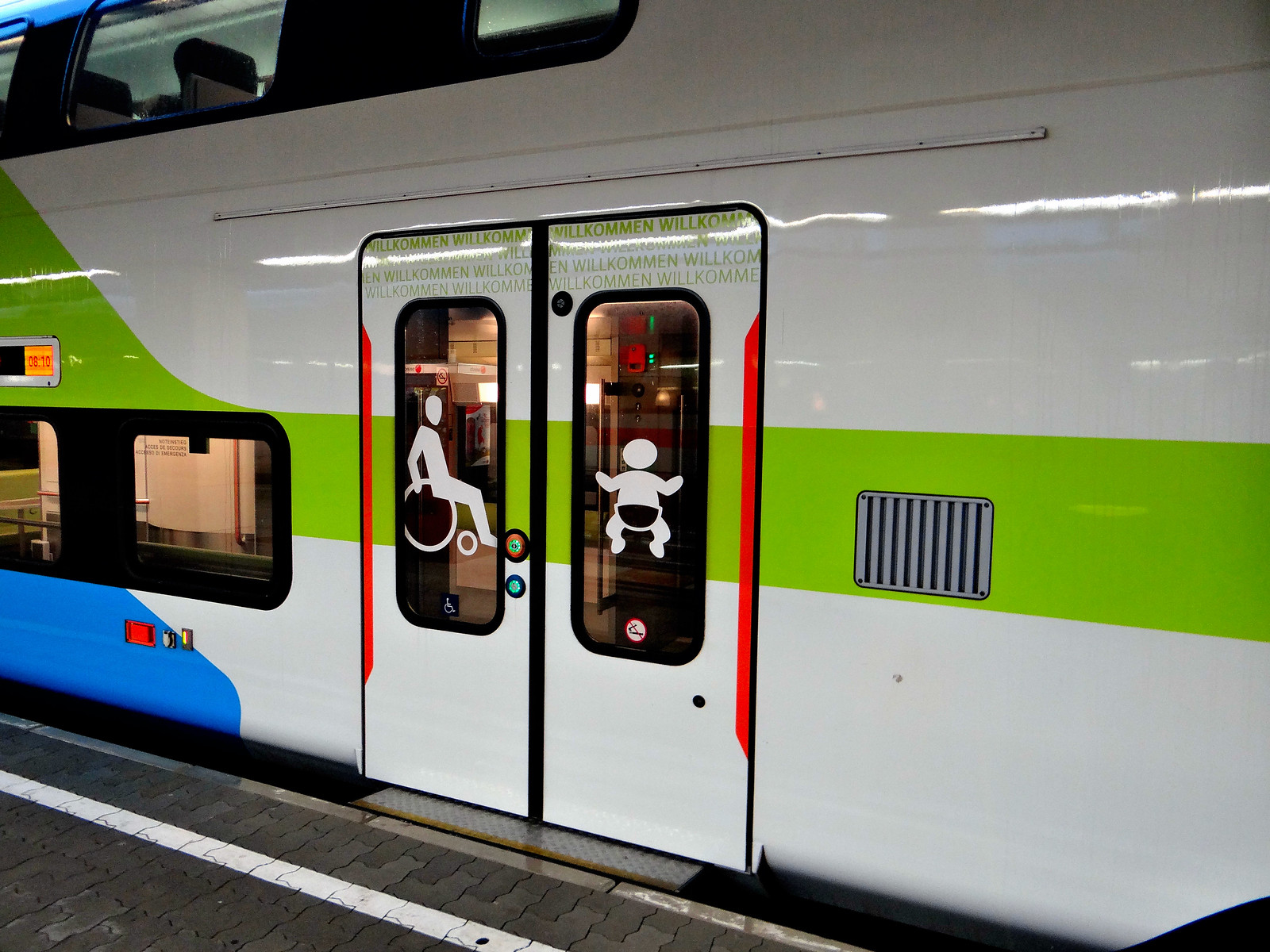Caltrain HSR Compatibility Blog: Level Boarding: It's Official
caltrain-hsr.blogspot.com/2015/08/level-boarding-its-official.html
Aug 26, 2015 - The bi-level
EMU must therefore have the same interface with the ... Section 3.3.3 of the RFP details Caltrain's new
high platform interface: ... They will access the
high doors using wheel ramps built into the stairs between the
lower bike ...... Even west of the Sierra Nevada like
Caltrans did when they scored ...
Caltrain HSR Compatibility Blog: Caltrain Should Use High Platforms
caltrain-hsr.blogspot.com/2013/02/caltrain-should-use-
high-
platforms.html
Feb 2, 2013 - It doesn't need to go this way: the new
EMU rolling stock can enable the transition, by providing both
high and
low doors during the transition ...
Missing: caltrans






